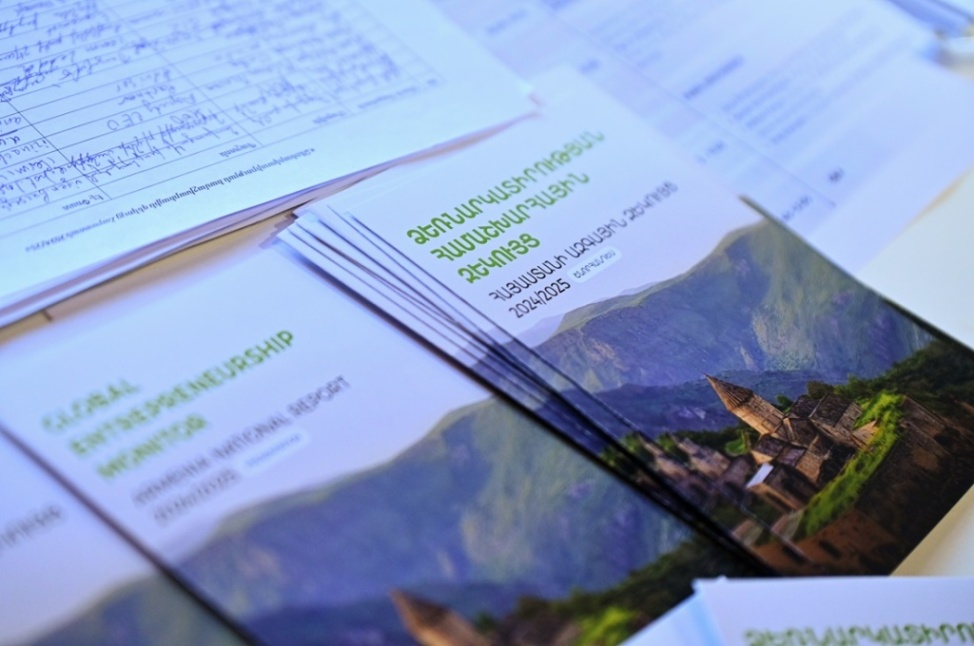Armenian foreign minister: Azerbaijan confirms its inefficient stance on Karabakh at EU Eastern Partnership Program’s summit
03.06.2015,
15:22
The EU Eastern Partnership Program’s summit held on May 21 and 22 in Riga confirmed inefficiency of Azerbaijan's stance on settlement of Karabakh conflict, Armenian Foreign Minister Edward Nalbandyan is quoted by Novosti Armenia as saying Wednesday at a joint news conference with his Serbian counterpart Ivica Dacic, who is also OSCE chairperson in office.

YEREVAN, June 3. /ARKA/. The EU Eastern Partnership Program’s summit held on May 21 and 22 in Riga confirmed inefficiency of Azerbaijan's stance on settlement of Karabakh conflict, Armenian Foreign Minister Edward Nalbandyan is quoted by Novosti Armenia as saying Wednesday at a joint news conference with his Serbian counterpart Ivica Dacic, who is also OSCE chairperson in office.
He said that Azerbaijan remained stuck to its unconstructive stance on the matter.
«This became obvious in Riga, where leaders of EU and Eastern Partnership (Armenia, Georgia, Azerbaijan, Ukraine, Moldova and Belarus) countries gathered – all of them but the Azerbaijani leader unanimously approved the position that was included in the final declaration,» Nalbandyan said.
The declaration, he said, was broadly worded and just stated that all the participant countries support the OSCE co-chairs efforts to settle the conflict and their five statements. Azerbaijan, however, was opposed to this statement in the declaration.
«This showed that its stance remains absolutely unchanged,» the Armenian foreign minister said.
Karabakh conflict broke out in 1988 when Karabakh, mainly populated by Armenians, declared its independence from Azerbaijan.
On December 10, 1991, a few days after the collapse of the Soviet Union, a referendum took place in Nagorno-Karabakh, and the majority of the population (99.89%) voted for secession from Azerbaijan.
Afterwards, large-scale military operations began. As a result, Azerbaijan lost control over Nagorno-Karabakh and the seven regions adjacent to it.
Some 30,000 people were killed in this war and about one million people fled their homes.
On May 12, 1994, the Bishkek cease-fire agreement put an end to the military operations.
Since 1992, talks brokered by OSCE Minsk Group are being held over peaceful settlement of the conflict. The group is co-chaired by USA, Russia and France. -0---
He said that Azerbaijan remained stuck to its unconstructive stance on the matter.
«This became obvious in Riga, where leaders of EU and Eastern Partnership (Armenia, Georgia, Azerbaijan, Ukraine, Moldova and Belarus) countries gathered – all of them but the Azerbaijani leader unanimously approved the position that was included in the final declaration,» Nalbandyan said.
The declaration, he said, was broadly worded and just stated that all the participant countries support the OSCE co-chairs efforts to settle the conflict and their five statements. Azerbaijan, however, was opposed to this statement in the declaration.
«This showed that its stance remains absolutely unchanged,» the Armenian foreign minister said.
Karabakh conflict broke out in 1988 when Karabakh, mainly populated by Armenians, declared its independence from Azerbaijan.
On December 10, 1991, a few days after the collapse of the Soviet Union, a referendum took place in Nagorno-Karabakh, and the majority of the population (99.89%) voted for secession from Azerbaijan.
Afterwards, large-scale military operations began. As a result, Azerbaijan lost control over Nagorno-Karabakh and the seven regions adjacent to it.
Some 30,000 people were killed in this war and about one million people fled their homes.
On May 12, 1994, the Bishkek cease-fire agreement put an end to the military operations.
Since 1992, talks brokered by OSCE Minsk Group are being held over peaceful settlement of the conflict. The group is co-chaired by USA, Russia and France. -0---



